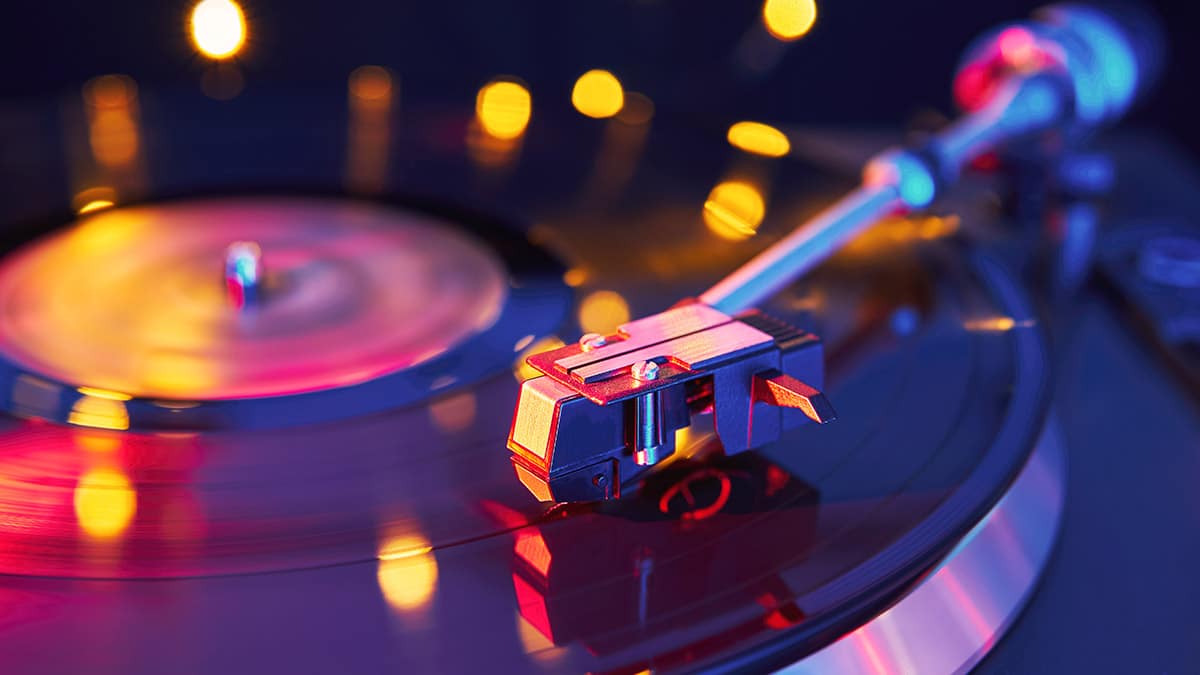BELGRADE, Serbia — Judging from readers’ reactions to my piece in RedTech Magazine Sept/Oct 2022 about vinyl’s return to radio, one can’t help concluding that comparing CDs, MP3 and digital audio in general to vinyl records is the musical equivalent of comparing digital to film photography.
That’s not entirely accurate. First, there is not such a glaring difference between digital photography and high-quality film photography. Furthermore, advocates for film photography as opposed to digital are not as vocal as those advocating vinyl vs. digital sound.
The debate over whether analog or digital sound is preferable is touchy and about as resolvable as arguing about the beauty of the Mediterranean or Caribbean beaches. There are people who swear by either side, so the apparent “war” between analog and digital sound advocates looks set to continue.
Moreover, as professionals and analysts on the technical side of the subject have noticed, as much as the purists and retro aficionados continuously insist that vinyl sounds “purer” and “better,” their progressive counterparts firmly believe in the accuracy of the technology and point out that digital audio is the dominant choice today for professionals and consumers alike. Although it is evident that, from a technical standpoint, digital audio is far superior to analog, a certain niche of people will still prefer analog to digital sound, even though vinyl is prone to physical interference and noise and mechanical degradation over time.
Into the groove
Notably, this audiophile niche is expanding, and old-fashioned vinyl records are even experiencing a renaissance among musicians, recording artists and Hi-Fi enthusiasts. They tend to ignore the fact that a turntable’s stylus may prematurely wear or break and it is constantly wearing the record’s grooves. Additionally, during playback, the turntable’s cartridge has limits on what grooves it can successfully track. A stylus is designed to track grooves of a finite modulation width, i.e., a track pitch of approximately 100 micrometers [μm]. This also involves limits on the acceleration and velocity the record can take.
Notably, this audiophile niche is expanding, and old-fashioned vinyl records are even experiencing a renaissance among musicians, recording artists and Hi-Fi enthusiasts.
As a devoted fan of British and U.S. rock and pop heritage, I can recall how, back in the 1970s, I used to listen to eponymous album “The Jimi Hendrix Experience,“ where the best tune (in my opinion), “Hey Joe,” was the last track on side one. Due to the above-described mechanical restrictions of the turntable’s stylus capabilities, and the small diameter of the record’s grooves spire, the stereo sound on the song was unstable, even slightly distorted, much to my disappointment.
Many years later, while I was writing a book “Osam dana nedeljno – Priča o Bitlsima” (“Eight Days a Week — A Story of the Beatles”), published in Serbian, I recalled how, in the middle of ’60s Beatlemania, Paul McCartney used to complain about the poor quality of his bass guitar sound reproduction on gramophone records, compared to the sound produced on stage. Paul asked Beatles’ producer George Martin what could be done in the studio, and he calmly explained that he was forced to turn down the volume of Paul’s bass guitar to prevent high distortions due to the lack of technical possibilities of a gramophone record. On stage, the young and enthusiastic McCartney used to turn the potentiometer up to the top boost position on his VOX AC 35 amplifier. If George Martin had recorded his bass guitar sound in the studio as Paul demanded, the gramophone stylus would certainly have jumped out of the record groove.
The final say
Unfortunately, despite decades of arguments, there is no technical proof of the sonic superiority of vinyl compared to CD, no matter how vocal the pro-LP lobbies have been. Digital sound, in general, is evidently superior to analog, as much as digital radio and TV are superior to their analog counterparts. Even in the record production plants, most LPs are produced based on digitally recorded, mixed and mastered sound. For at least the last two decades, it was common practice to use the same CD masters on vinyl releases.
Unfortunately, despite decades of arguments, there is no technical proof of the sonic superiority of vinyl compared to CD, no matter how vocal the pro-LP lobbies have been.
It is useful to remember that the term “analog,” by definition, means that the signal is not and cannot be a perfect reproduction of the original. It is merely a version of the existing signal, corrupted in the process of recording, mastering, producing and reproduction. No matter which recording process is used — analog or digital — both are created by a microphone turning air pressure into an electrical signal. An analog recording is made by then imprinting that signal directly onto the master tape (via magnetization) or master disc (via grooves), from which copies can be made into cassette tapes and vinyl records. Digital recordings take that analog signal and convert it into a digital representation of the sound, which is essentially a series of numbers for digital software to interpret. After the analog signal is digitized, the recording can be copied and placed onto a CD, DVD or hard drive or streamed online, and in the case of broadcasting, the final product, the sound we hear, is inevitably the result of analog AM, FM or digital — DAB, DRM or HD Radio type of encoding and modulation.
Despite their brief resurgence on air, LPs will finally rest in peace, leaving no chance that their sound could ever challenge their digital counterparts.
The author is a retired acoustics engineer.His newest book “Acoustical Design of Broadcasting and Recording Studios” is published and available on Amazon.

